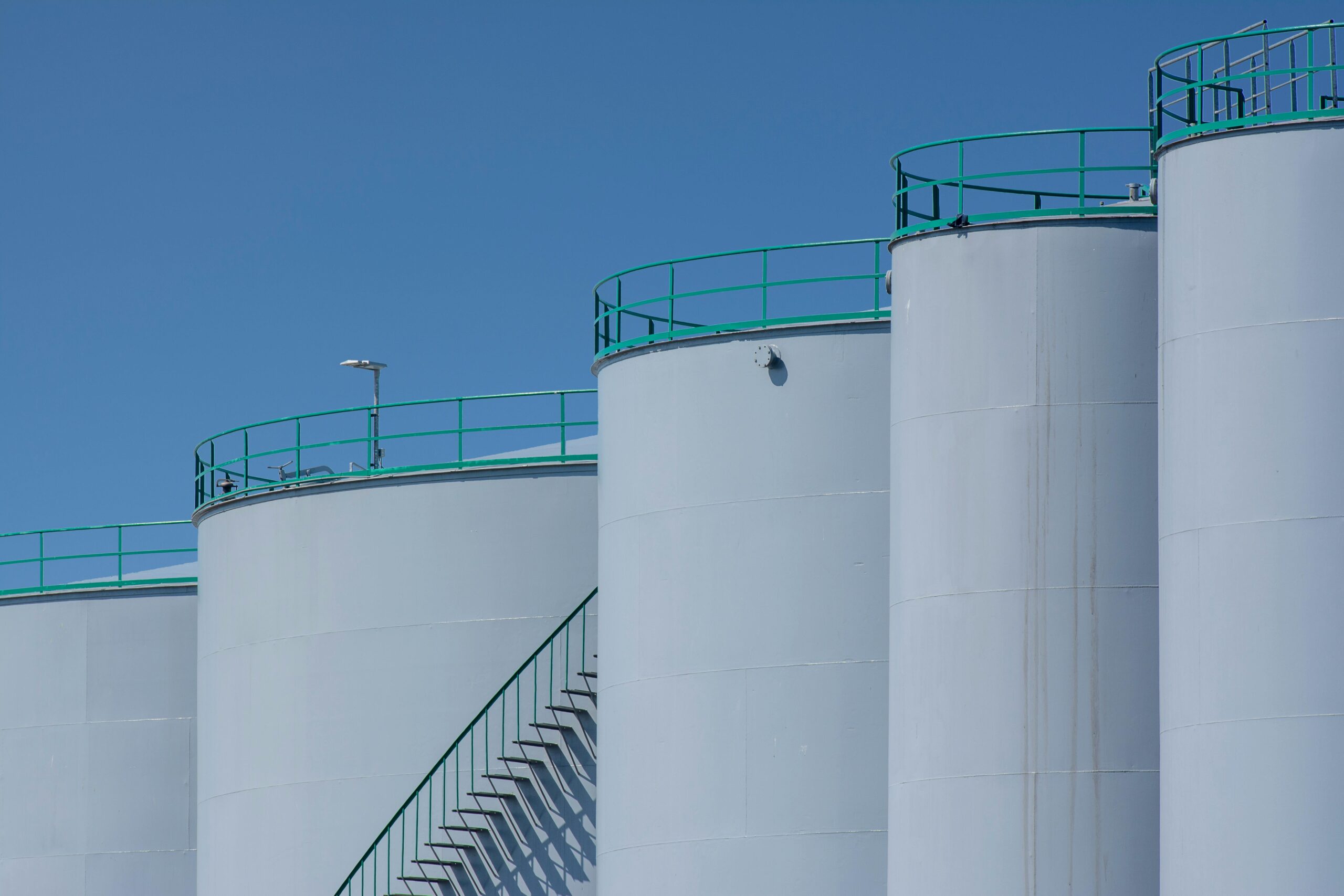The Future of High-Speed Rail in the United States: Progress and Challenges

The United States, known for its extensive highway system and reliance on air travel, has long lagged behind other countries when it comes to high-speed rail transportation. However, there are signs that this may be changing. While the US currently does not have any high-speed rail services in operation, there are two major projects under construction that could signal the beginning of a new era in transportation. One of these projects is the California High-Speed Rail, a planned 800-mile system that will eventually connect San Francisco to Los Angeles. The project has faced numerous challenges, including cost overruns and delays, but proponents believe that it has the potential to transform travel in the state. Another project in the works is the Texas Central Railway, which aims to connect Dallas and Houston with a 200-mile high-speed rail line. This project has also faced obstacles, including opposition from landowners along the proposed route. Despite these challenges, there is growing interest in high-speed rail among policymakers and the public. Proponents argue that high-speed rail could alleviate traffic congestion, reduce greenhouse gas emissions, and create jobs. However, there are also critics who question the cost and feasibility of such projects. In order for high-speed rail to become a reality in the US, significant investments will be needed, as well as cooperation between federal, state, and local governments. While the road ahead may be long and challenging, the potential benefits of a high-speed rail network in the United States are clear. As construction continues on these initial projects, the country may be on track to finally join other nations in embracing this efficient and sustainable form of transportation.








